Search Results for Tag: methane
Olympics over, but Arctic ice still chasing records
The Rio games have come to an end. Summer is drawing to a close here in Germany. It feels more like autumn today, cool with heavy rainshowers. But there’s a heatwave around the corner after what most people agree has been a very strange summer.
July followed in the record-breaking trend of the earlier months of the year, being the hottest month ever recorded on the planet.
![]() read more
read more
Arctic methane: time bomb or “boogeyman”?
When the Ice Blog was launched in 2008, one of the first posts from a trip to Alaska entitled “Ice-Capades and Alaska baking with methane?” included a visit to frozen-over “Eight-mile Lake” in the Denali national park, where scientists Katey Walter and Laura Brosius were measuring methane emissions from melting ice and permafrost. The young “climate ambassadors” I was travelling with helped her to set up “umbrella traps” and capture bubbles of methane coming to the surface. The “proof of the pudding” was setting a match to the gas and watching it catch light. An interesting experiment. But the subject has huge wide-ranging implications. Methane is also a greenhouse gas 25 times more powerful than CO2. Walter and others have since recorded numerous methane seeps in Alaska and Greenland. As global temperatures increase, the permafrost thaws, potentially releasing the gas stored both in the permafrost on land and in the form of methane hydrates under water.
Since that Alaskan trip, methane has beconme an increasingly “hot topic”, with more research being conducted and data collected. The reservoir of methane stored under the Arctic ice and permafrost is huge. And there is increasing scientific evidence that with the world warming, this reservoir is not going to stay there for ever. The concentration of atmospheric methane has increased dramatically in the last 200 years – especially in the Arctic. In 2008, scientists came up with a scenario where up to 50 gigatonnes of methane could be released abruptly from the East Siberia Arctic Shelf (ESAS) because of the melting of permafrost which had hitherto kept it safely sealed in.
Fountains of methane
In 2011, a joint US-Russian expedition surveying the seabed of the East Siberian Arctic Shelf off northern Russia was surprised to observe fountains of methane rising to the sea surface from beneath the seabed. At that time, scientists expressed concern that with the melting of Arctic sea ice and permafrost, the huge methane stores might be released over a relatively short period of time.
The SWERUS-C3 expedition headed by Örjan Gustafsson from Stockholm University is currently underway in the Laptev Sea, where they have discovered “vast methane plumes escaping from the seafloor of the Laptev continental slope”. Gustavsson writes in his blog that he was surprised by this. He speculates that it could have its origins in collapsing “methane hydrates”, clusters of methane trapped in frozen water due to high pressure and low temperatures.
“While there has been much speculation about the vulnerability of regular marine hydrates along the continental slopes of the Arctic rim, very few actual observations of methane releases due to collapsing marine hydrates on the Arctic slope have been made”, Gustafsson writes. He thinks a “tongue” of relatively warm Atlantic water, presumably intruding across the Arctic Ocean at 200-600 meters depth could have something to do with the methane seeps. Some evidence shows this water mass has recently become warmer.
“As this warm Atlantic water, the last remnants of the Gulf stream, propagates eastward along the upper slope of the East Siberian margin, it may lead to the destabilization of methane hydrates on the upper portion of the slope”, Gustafsson writes.
Costly bubbles
In 2013, a paper published in the journal Nature put a price tag on the possibility of the Arctic’s methane being released. The experts suggest it could trigger costs of 60 trillion US dollars. Normally, as soon as money is involved, public interest tends to rise. The report should really have brought the subject of “Arctic methane hydrates” out of the science corner onto the economic and political agenda. Which is, of course, where it has to be, if there is any chance of limiting the Arctic thaw by halting global warming.
There are scientists who insist that such a scenario is not likely. Let me refer you here to a detailed analysis of the scientific literature on the subject published by Nafeez Ahmed, executive director of the Institute for Policy Research & Development, in EarthInsight hosted by the Guardian, in 2013. He points out that none of the scientists who reject the plausibility of the scenario are experts in the Arctic, and specifically the ESAS. On the other hand, there is an emerging consensus among ESAS specialists based on continuing fieldwork, he writes, “highlighting a real danger of unprecedented quantities of methane venting due to thawing permafrost”.
Rhetoric, polemics – but accuracy please!
Ahmed comes down on the side of the Arctic experts who are highly concerned about the risk of methane being set free in large quantities. That is already clear from the title of his article “Seven facts you need to know about the Arctic methane timebomb”. Sub-headed: “Dismissals of catastrophic methane danger ignore robust science in favour of outdated mythology of climate safety.” Yes, you could say that is tendentious. It is certainly rhetorically powerful.
Perhaps that accounts in part for the reaction I got when I tweeted the link to his analysis recently as interesting background to the ongoing debate on Arctic methane. One response told me to stop “fear mongering” and referred to an article describing methane as a “climate boogeyman”. (In connection with studies on methane leaks from natural gas production). Aha. Emotions are running high – on both sides.
Still – Ahmed’s article is based on a thorough analysis of both sides of the arguments. It seems this cannot be said of a piece on news.com.au, headlined “Are Siberia’s methane blow-holes the first warning sign of unstoppable climate change?”. The article links three giant craters which have been found in Siberia to the scientific research of Jason Box, a renowned glaciology professor and Greenland expert, starting with the tantalizing question:
“What do three enormous craters in the Siberian wastelands have to do with a terrified American climate scientist? Methane. And that’s something to scare us all”.
In fact, as Jason Box @climate_ice tweeted to his followers, the Arctic expert’s research and concern have nothing to do with the giant craters. He tweets:
“News piece juxtaposes Siberian holes with my carbon release concerns but I have no idea about the holes”
Citing the concerns and findings of reputed scientists alongside other reported explanations of the Siberian craters as “hellmouths”, “gateways to the undead” or “aliens” does nothing for serious scientific attempts to monitor climate change in the Arctic or inform politicians and businesses about the scenarios for which the world has to prepare. Now if those of a skeptical persuasion were to take this kind of article as “fear mongering” or the “climate boogeyman”, I could just about understand it. Please, let us not detract from the value of scientific monitoring and analysis, complex computer modeling and genuine concern on the part of a lot of experts who know very well what they are talking about. And let us not bring the media into disrepute for misrepresenting the views of scientists like Jason Box by taking his findings and statements out of context in the interest of a sensationalist story. We do not need to mix fact with fiction and create “boogeymen”. The huge body of scientific findings out there is already scary enough.
Arctic melt worries UN and White House
The UN weather agency WMO (World Meteorological Organisation) has confirmed that the Arctic’s sea ice melted at a record pace in 2012, the ninth-hottest year on record. With just 3.4 million square kilometres (1.32 million square miles) during the August to September melting season, the sea ice cover was a full 18 percent less than the previous low set in 2007. The WMO’s Secretary-General Michel Jarraud said this was a “disturbing sign of climate change”, and pointed to the link between climate change and extreme weather events.
Meanwhile, a special briefing was called at the White House to discuss the possibility of the Arctic becoming ice free in the summer within just TWO years. Nafeed Ahmed, director of the “Institute for Policy Research & Development” headlines his post for the “Guardian“: “White House warned on imminent Arctic ice death spiral”. He describes the meeting, including NASA’s acting chief scientist Gale Allen, the director of the Department of Homeland Security and the Pentagon as “the latest indication that US officials are increasingly concerned about the international and domestic security implications of climate change”.
10 Arctic specialists were called in to advise the US government, including marine scientist Professor Carlos Duarte, currently director of the Oceans Institute at the University of Western Australia. I met and interviewed Prof. Duarte back in 2011 at the Arctic Frontiers conference, when he worked with the Spanish Council for Scientific Research. At that time, he was already calling for urgent action and warning of the danger of “climate tipping points”, including the melt of the Arctic sea ice. His conclusions are based on research which was presented in an article in Nature Climate Change last year.
The West Australian newspaper quotes Prof. Duarte as saying the “snowballing situation would prove as hard to slow down as a runaway train”. He told the paper the ice melt was accelerating faster than any of the models could predict, and the prospect of an Arctic Ocean free of ice had been brought forward to 2015, compared with a prediction in 2007 that at least a third of the normal sea ice extent would remain in summer in 2100. When I spoke to him in 2011, the US navy was already assuming a date of 2050 and Duarte said he expected it to be even earlier.
Professor Carlos Duarte on Arctic Tipping Points
Prof Duarte also warned of the increasing danger of melting methane. Let me quote a little from the interview:
DUARTE: “We know from the history of ice covering the planet along geological time scales that ice is strongly a non-linear element in the earth’s system. It’s one of the components that show very rapid, very abrupt changes and tipping points. So we expect that once the ice will be lost quickly from the Arctic and also from the shelves in Greenland, then other forces will be set in motion, and many forces will be set in motion by loss of ice. One of them is the release of methane hydrates from the shallow continental shelves, mostly around Siberia, and those are molecules of methane that are trapped into ice in the sediments of the continental shelves and in the permafrost on land. So if this ice melts, this methane can be released abruptly and suddenly. And deposits of methane trapped in the shallow sediments of the Arctic amount to about five times the greenhouse power that humans have set in motion through burning fossil fuels. So if this five times what we have released in 150 years is released within a few years, that would be detrimental to the climate system and it could lead to a very rapid warming, and could again set in motion other forces like increased freshwater discharge to the Arctic, which has already increased by 30 percent. And this involves a greater export of fresh water and buoyancy to the Atlantic, which may affect global circulation and global currents, and those in turn will affect regional climates also further south to the sub-Arctic region. Also, warmer temperatures are leading to dieback of the boreal forest and also the peat deposits in the boreal region are drying up to the extent that they can catch fire.”
(IRENE QUAILE: How close are we?)
DUARTE: “We very much know what the threshold and the tipping point for the release of methanes will be, because the methane is kept in the hydrates, deposits in the salty sediments by ice, frozen sediments, and we know the freezing point of salty sediments may be around minus 1 degree. So when the temperature of water in the summer goes well above freezing point, the hydrates will defrost and the methane will be released. So what we need to monitor is the temperature of the shallow waters in the Siberian shelf and other shallow waters in the Arctic, in the Canadian region as well, and see how close they’re getting to temperatures of 3 and 4 degrees, which will be those that will lead to melting of the hydrates.”
Scary? The interview, it seems, is as relevant as ever, the Professor’s warnings more urgent. I wonder what it feels like to be called in to the White House to brief the government of a country that is both a key player in the Arctic and a top emitter of the greenhouse gases that are causing the melt? On the one hand it must be satisfying for the scientists to know they are finally being heard. But there must also be some frustration about the extent of dangerous climate change that had to be set in motion first. Has the Arctic ice already reached a “tipping point”?
Let me close with another quote from that interview with Carlos Duarte:
DUARTE: “Unfortunately society is much more mobilised by opportunities than by risks. So the discourses and warnings of risks actually almost lead to inaction by society, whereas the sight of opportunities encourages society to set themselves in motion. So the opportunities for economic growth in the Arctic have dominated the discourse and the actions by society and policy makers. Those opportunities are new navigation routes across the Arctic, and the exploitation of oil, gas and fisheries, that were not accessible just a few years ago. The paradox in this is that the Arctic countries recognise that the forces that are improving access to these resources is actually climate change and that the reason for this climate change is the burning of fossil fuels by humans. Arctic nations themselves are responsible for 26% of the release of these greenhouse gases and are taking advantage of these opportunities, which will involve greater emissions of greenhouse gases. (…) I think there should be a balance between the economic growth these opportunities could bring about and the economic losses, they may bring about, which I don’t think have been quantified.”
Permafrost “tipping point” in less than 20 years?

I have been concerned about the effect of melting permafrost on the climate for quite some time, not least in the wake of encounters with scientists working in Greenland (this picture is Zackenberg, Greenland, 2009) and Alaska. Now research results published by the National Snow and Ice Data Centre (NSDIC) in Boulder, Colorado are indicating that there could be a “tipping point” or a “starting point”, as Professor Kevin Schaefer prefers to call it, in less than 20 years. That means a point when the vast areas of permafrost in Alaska, Canada, Siberia and parts of Europe go from being a “carbon sink” to a carbon source. The study indicates as much as two-thirds of the carbon frozen into the permafrost could be released.
There’s more info on the NSIDC website and on the ips news website, based on an interview with Prof. Schaefer. Not happy reading, but without big reductions in emissions, it will probably be impossible to prevent this. On top of that come the methane emissions, not included in the study. Methane is much more powerful than CO2 as a greenhouse gas.
Alarming rise in Arctic methane emissions
Sound familiar? Ice-blog readers will remember methane is more than 20 times as powerful as CO2 as a greenhouse gas, and that scientists in the Arctic are measuring the extent of methane emissions from melting permafrost.
There are billions of tonnes of methane captured in the Arctic soil. As temperatures rise and the permafrost melts, more methane is released. It increases the greenhouse effect further, resulting in a “feedback loop”, with the increased warming melting more permafrost and releasing even more methane.
Zackenberg station in Greenland, which I visited this year, is one of the Arctic stations measuring methane. If you haven’t heard the programme I made including interviews with Prof. Morten Rasch, who heads the Greenland environment monitoring programme, it’s available under the “climate” banner on the right of DW’s environment page. There’s also a photo gallery with brief texts if you don’t have the time to listen to the full feature.
Climate Monitoring in Arctic Greenland
Now a study presented in the journal Nature reports a massive rise in the amount of methane being released from the Arctic permafrost.
See also today’s edition of the Guardian.
Guardian’s David Adam on rise in Arctic methane emissions
Although only 2% of global methane comes from the Arctic, the increase is highest in the Arctic, which is warming much faster than the rest of the planet.
The Guardian quotes Prof. Paul Palmer from Edinburgh University as saying the study “does not show the Arctic has passed a tipping point, but it should open people’s eyes. it shows there is a positive feedback and that higher temperatures bring higher emissions and faster warming”.
Edinburgh Climate Expert Paul Palmer



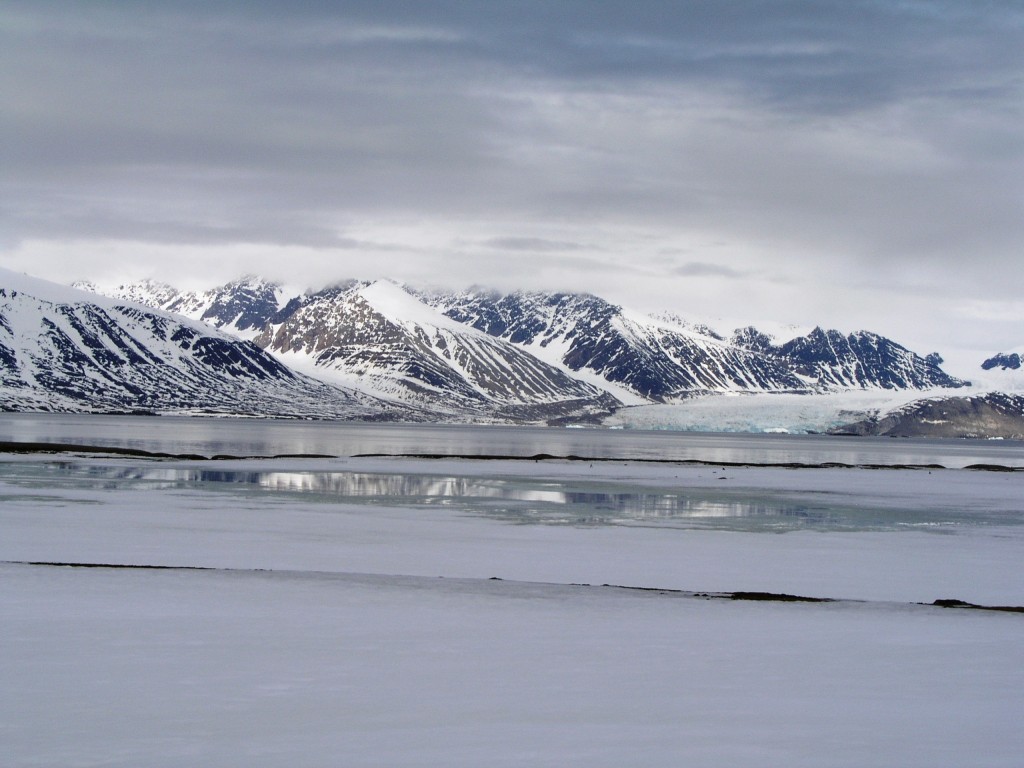

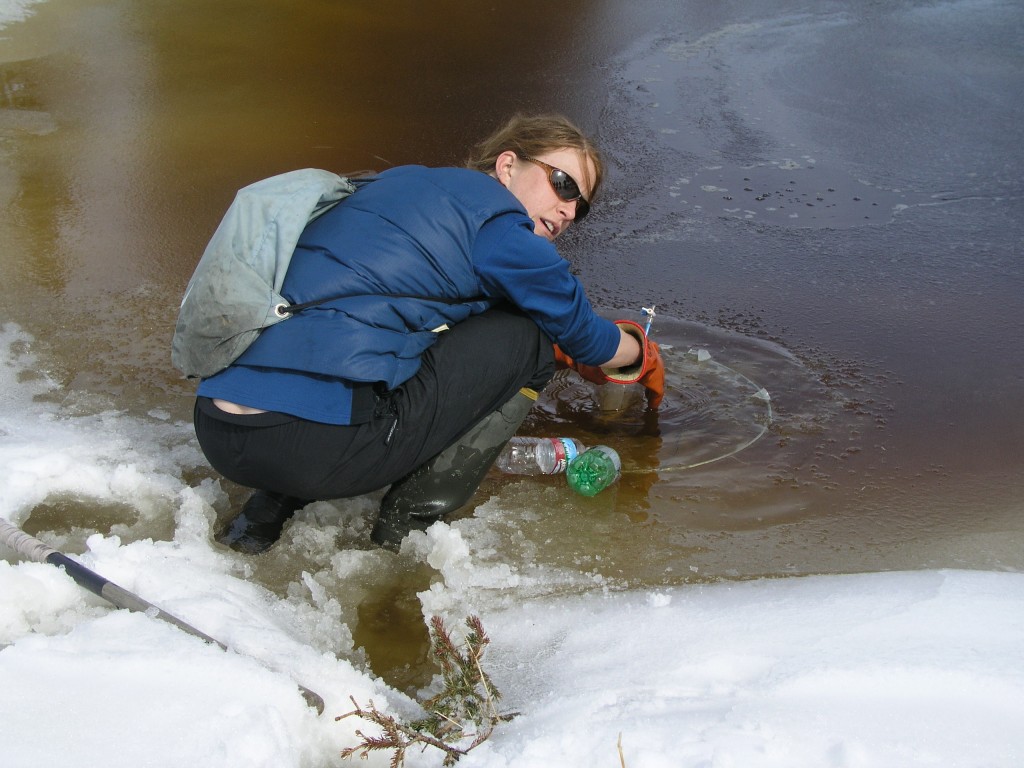
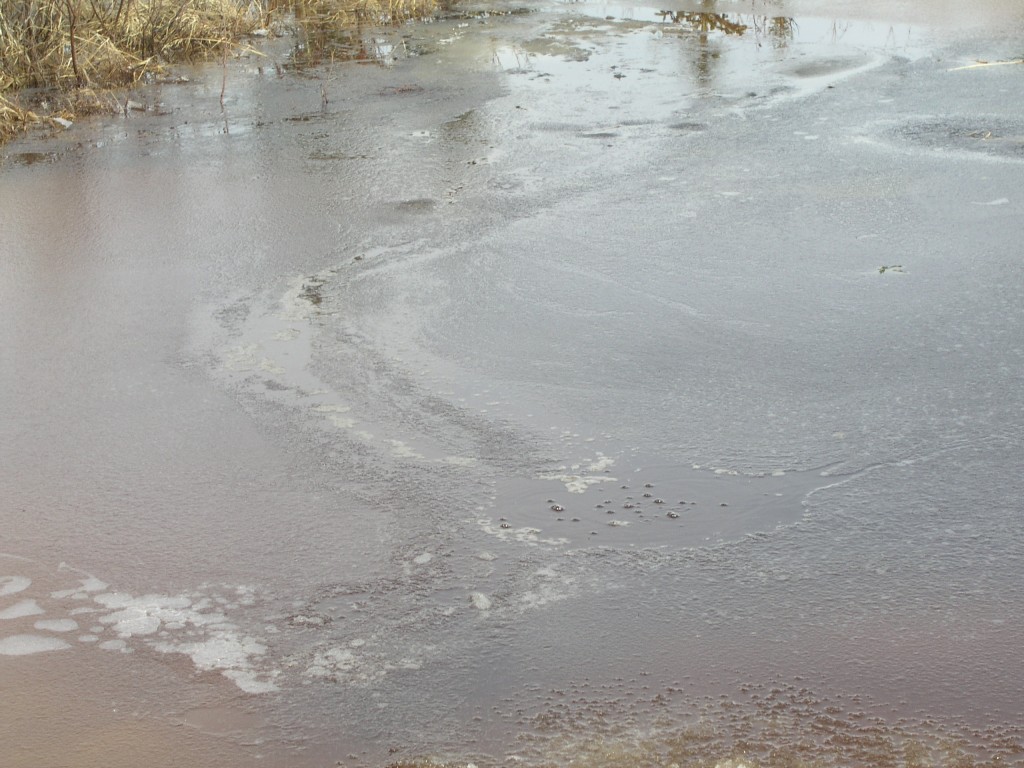
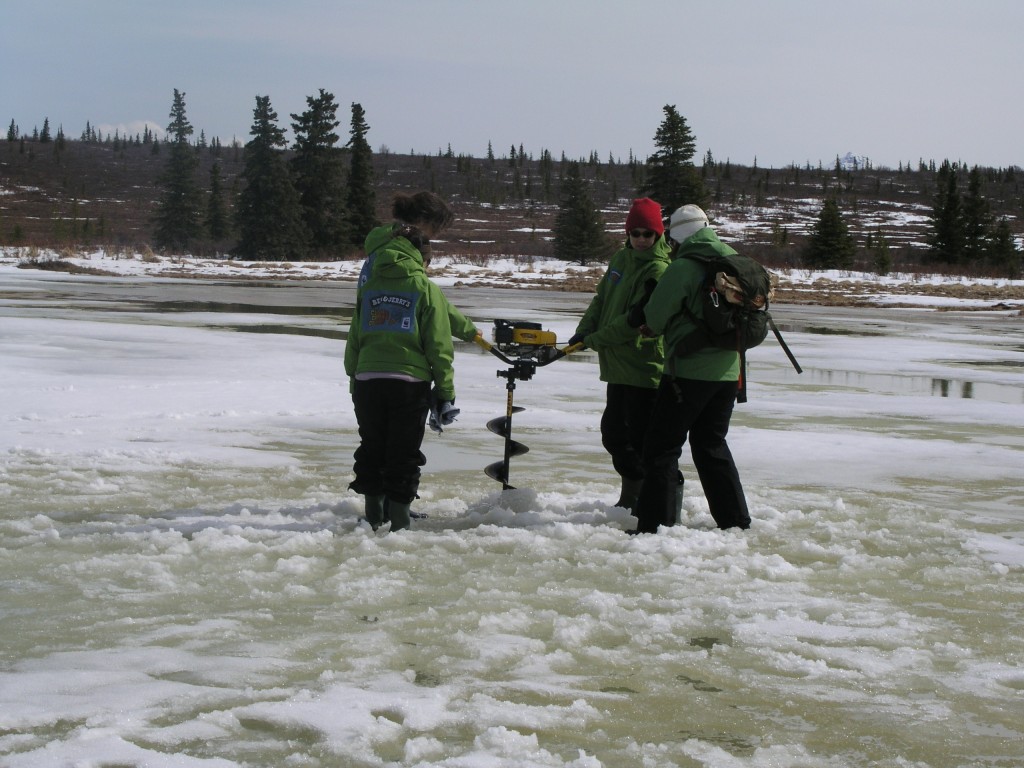
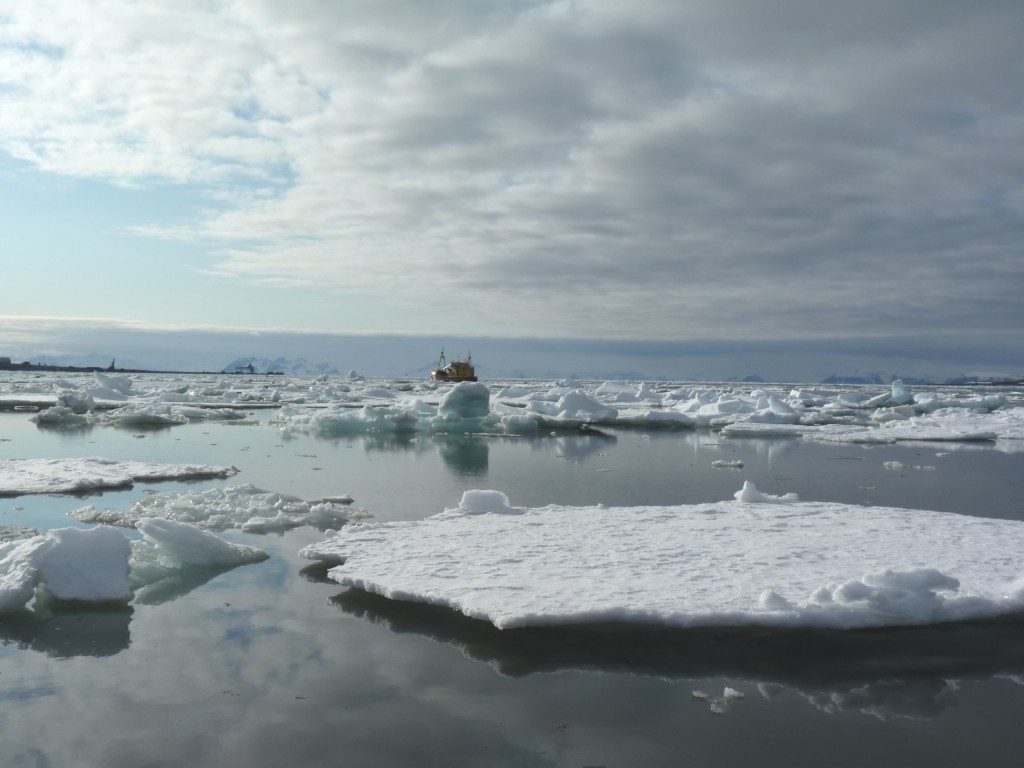
















Feedback